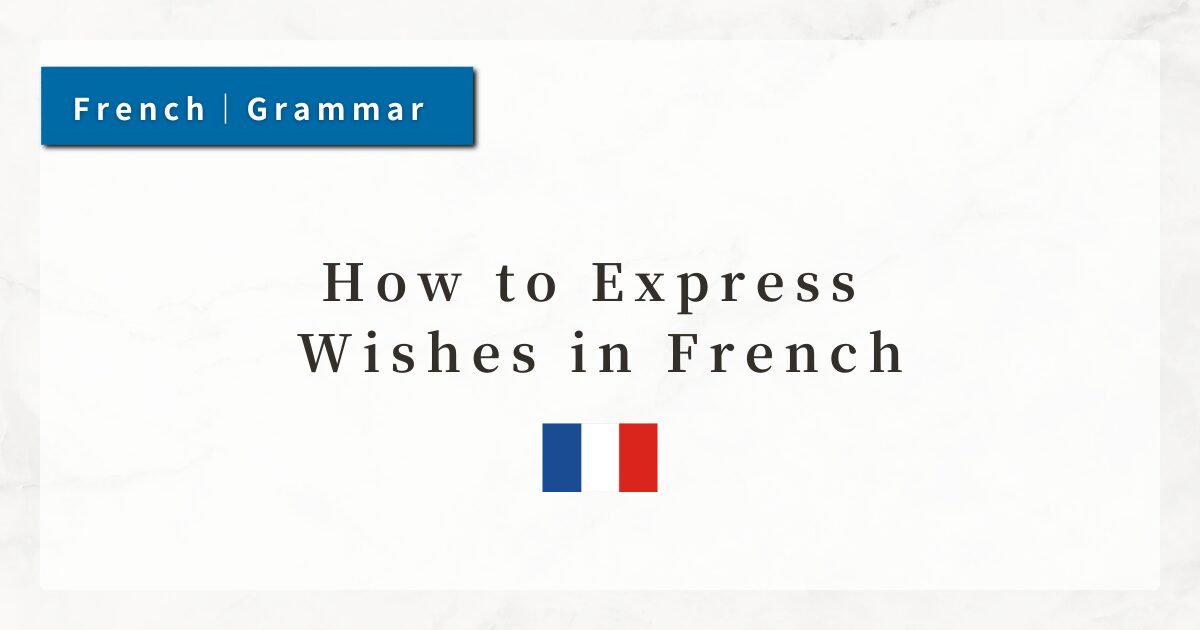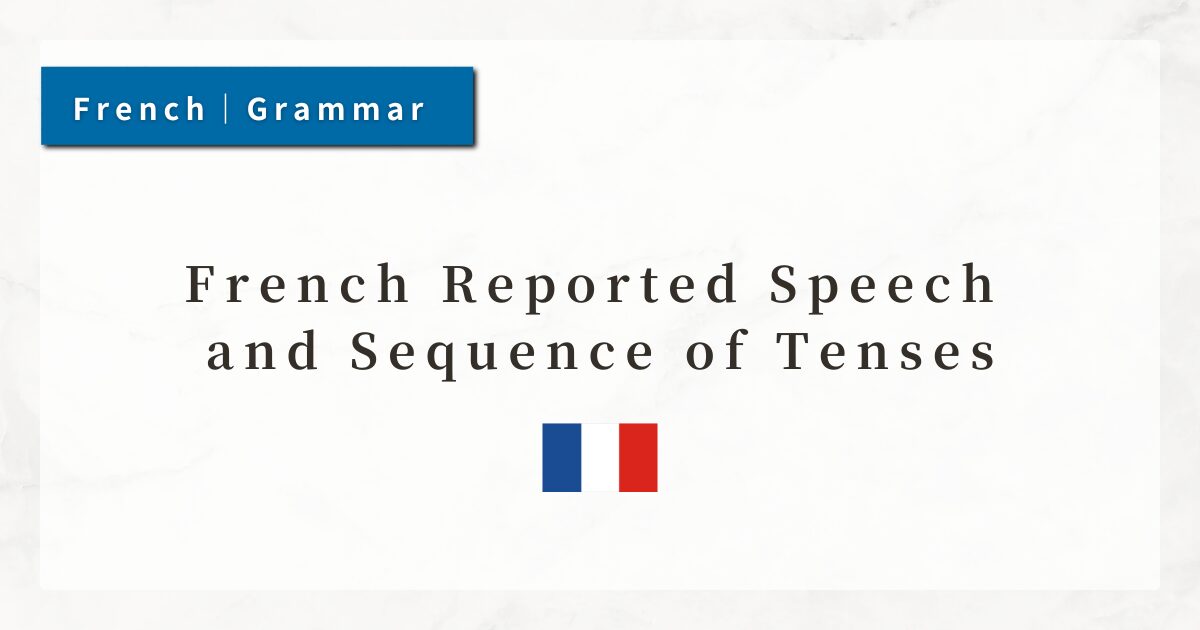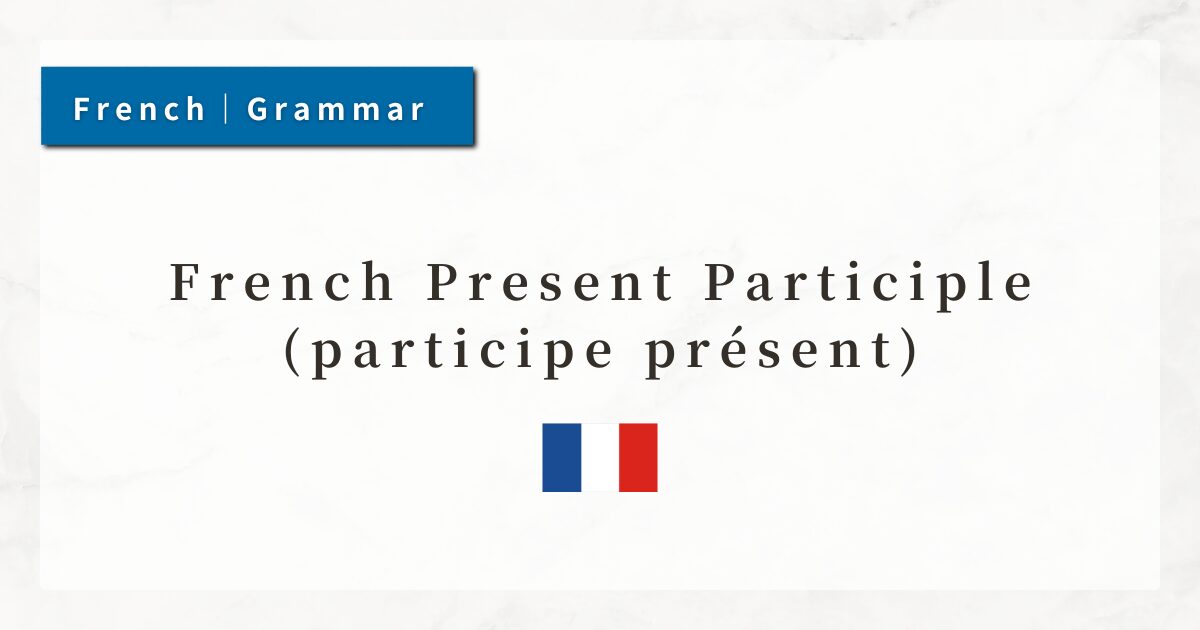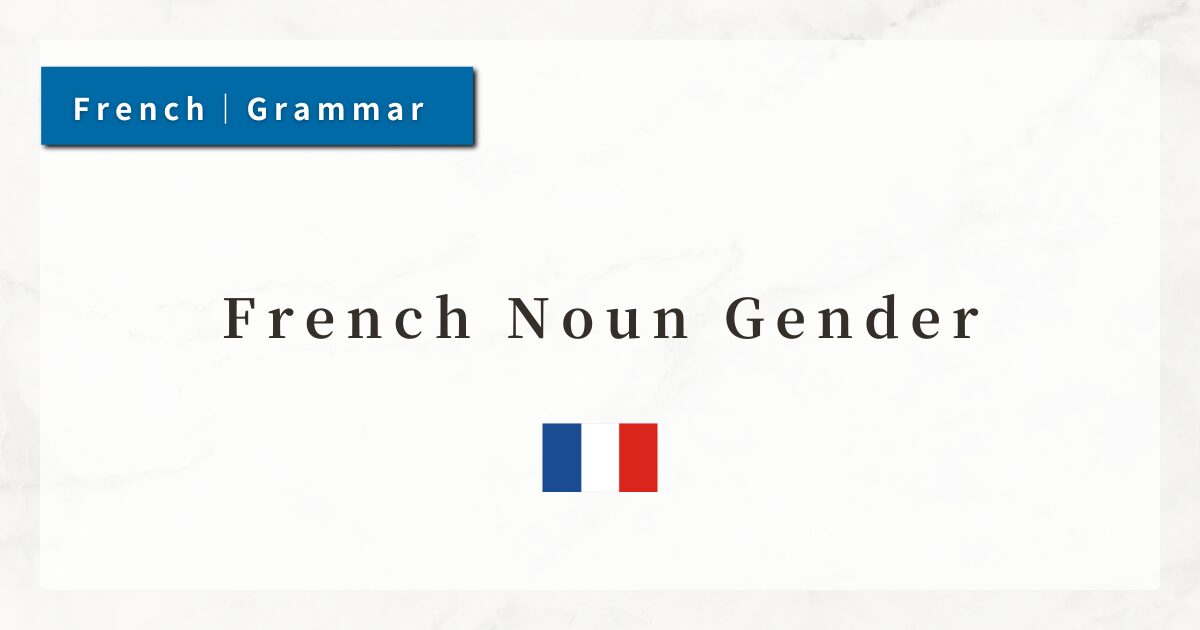#56 How to Form Exclamatory Sentences in French | Quelle, Comme, and More
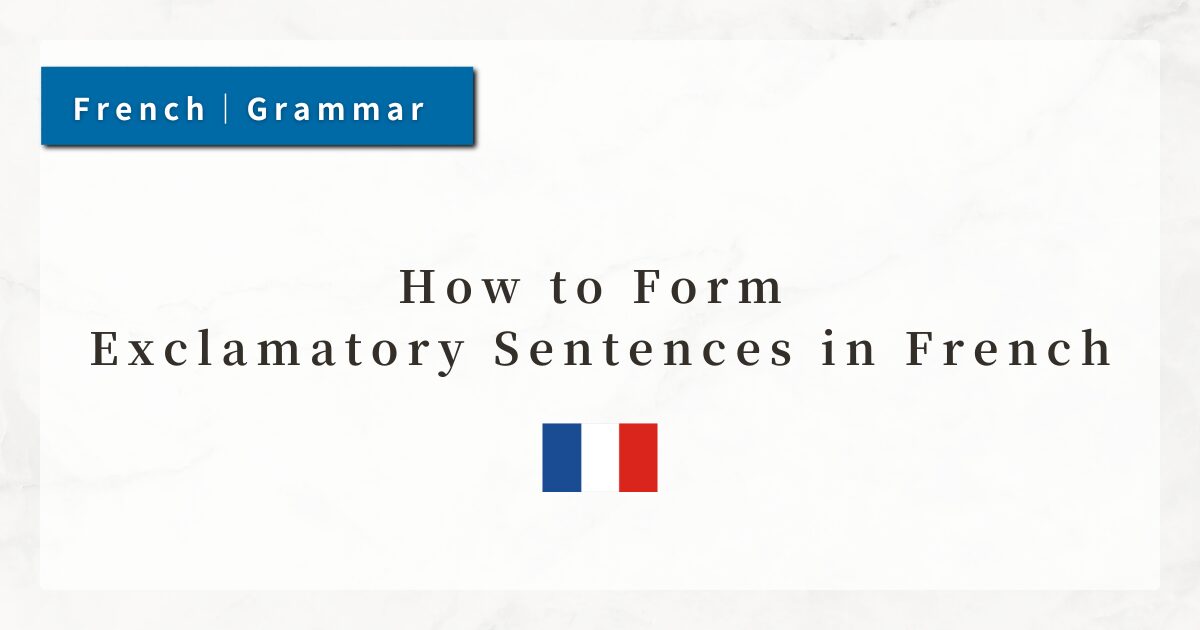
When expressing strong emotions such as surprise, admiration, joy, or anger, French uses a special structure called the exclamatory sentence.
This is similar to the English construction “What a nice day!”, but in French there are several patterns for expressing exclamations about nouns, adjectives, or even entire sentences.
In this lesson, I will explain the main structures and usage patterns of French exclamatory sentences.
1. Two Main Patterns of French Exclamations
Exclamatory sentences are used to convey strong feelings such as joy, astonishment, irritation, or irony.
In French, there are two main types of exclamatory constructions.
1-1. Exclamations about Nouns: Quel + Noun
The structure Quel / Quelle / Quels / Quelles + noun expresses exclamations directed at a noun.
Because the focus is on the noun, an adjective is often added to describe it.
- Quel beau paysage !
(What a beautiful landscape!) - Quelle belle robe !
(What a lovely dress!)
The important point here is that quel must agree with the gender (masculine/feminine) and number (singular/plural) of the noun.
| Gender & Number | Exclamative Word | Example |
|---|---|---|
| Masculine singular | quel | Quel film émouvant ! (What a moving film!) |
| Feminine singular | quelle | Quelle idée brillante ! (What a brilliant idea!) |
| Masculine plural | quels | Quels beaux garçons ! (What handsome boys!) |
| Feminine plural | quelles | Quelles jolies fleurs ! (What beautiful flowers!) |
The usual word order is ”exclamative + adjective + noun.”
Note that the article (un, une) is omitted.
1-2. Exclamations about Entire Sentences
This pattern is used when the speaker wishes to emphasize an entire situation or action, rather than just a noun.
Examples:
- Comme il est gentil !
(How kind he is!)
→ expresses admiration for the whole clause il est gentil. - Qu’est-ce que tu cuisines bien !
(You cook so well!)
→ structure: “qu’est-ce que + subject + verb”; very common in spoken French. - Que vous êtes aimables !
(How kind you are!)
→ more formal; often used in written or literary French.
These structures (comme / qu’est-ce que / que) express the speaker’s emotion toward an entire statement.
2. Agreement of Quel with Gender and Number
Just like articles, adjectives, and pronouns, quel changes according to the gender and number of the noun.
- Quel temps magnifique !
(What wonderful weather!)
→ temps = masculine singular → quel - Quelle horreur !
(What a horror!)
→ horreur = feminine singular → quelle - Quels paysages !
(What scenery!)
→ paysages = masculine plural → quels
Word order is typically adjective → noun, though sometimes the adjective is omitted.
3. Focus on the Verb in Comme / Qu’est-ce que Patterns
These exclamations emphasize the entire clause by placing comme, qu’est-ce que, or que at the beginning.
Examples:
- Comme tu danses bien !
(How well you dance!) - Qu’est-ce que vous êtes rapides !
(How fast you are!) - Que le monde est petit !
(What a small world!)
The nuance and register of each form differ:
| Exclamative Word | Register | Common Usage |
|---|---|---|
| comme | Neutral to formal | Poetry, written style, everyday speech |
| qu’est-ce que | Colloquial | Very common in spoken French |
| que | Literary / formal | Written style, emphasis, literary expression |
In everyday conversation, the “qu’est-ce que + subject + verb” pattern is the most frequently used.
4. Exclamatory Sentences Do Not Always End with “!”
Although many exclamatory sentences end with an exclamation mark, it is not obligatory.
Depending on the tone, they may end with a period, especially in softer or reflective contexts.
- Quelle surprise.
(What a surprise…) - Quelle chance tu as.
(How lucky you are.)
→ In conversational tone, ending with a period is natural.
Thus, punctuation reflects the intensity of the emotion being expressed.
5. Summary
- French exclamations fall into two main types: those directed at nouns (quel pattern) and those directed at entire clauses (comme / qu’est-ce que / que patterns).
- Quel / quelle / quels / quelles must agree with the gender and number of the noun.
- Comme / qu’est-ce que / que structures emphasize the whole clause and the verb.
- Exclamation marks are common but not required; punctuation reflects the emotional tone.

